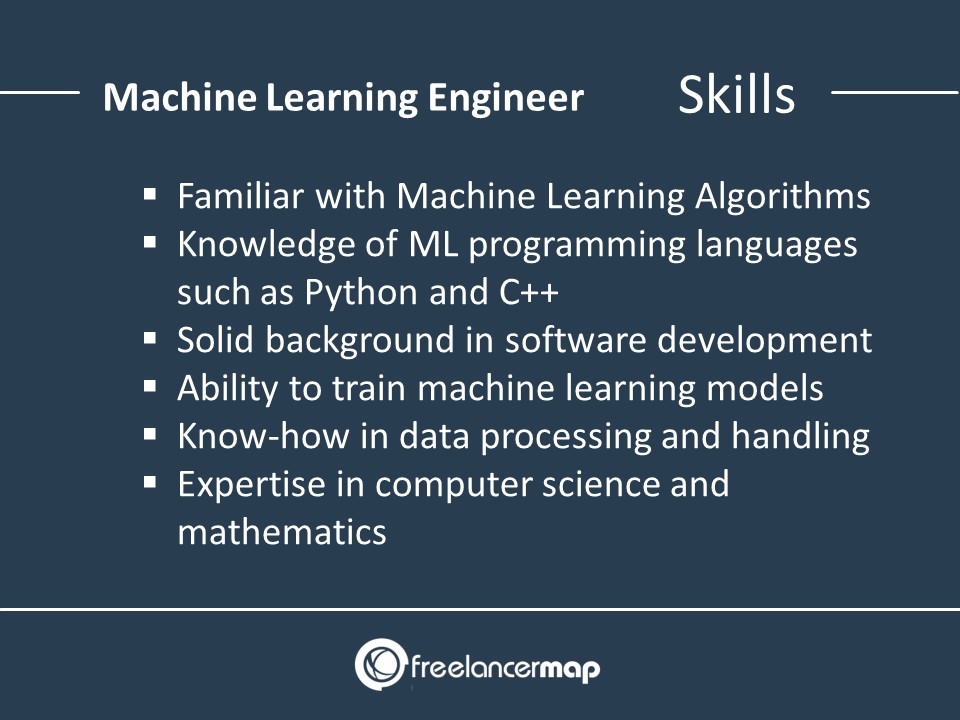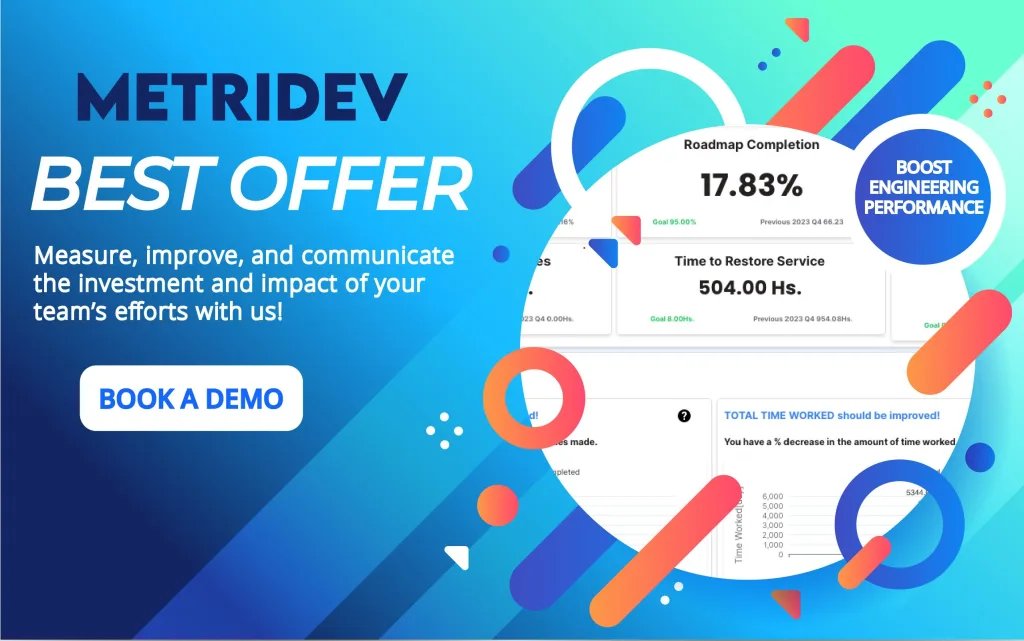All Categories
Featured
Table of Contents
You most likely know Santiago from his Twitter. On Twitter, every day, he shares a whole lot of functional features of maker learning. Thanks, Santiago, for joining us today. Welcome. (2:39) Santiago: Thanks for inviting me. (3:16) Alexey: Before we go right into our major topic of relocating from software engineering to machine knowing, maybe we can start with your history.
I started as a software programmer. I mosted likely to university, got a computer system science degree, and I started developing software application. I assume it was 2015 when I decided to opt for a Master's in computer science. Back then, I had no concept about artificial intelligence. I didn't have any type of interest in it.
I understand you've been using the term "transitioning from software application design to device knowing". I like the term "including to my skill established the artificial intelligence skills" much more because I believe if you're a software application designer, you are already giving a great deal of value. By integrating artificial intelligence currently, you're increasing the impact that you can carry the industry.
Alexey: This comes back to one of your tweets or maybe it was from your course when you contrast two methods to knowing. In this case, it was some trouble from Kaggle about this Titanic dataset, and you simply find out just how to fix this issue using a specific tool, like decision trees from SciKit Learn.
Machine Learning Bootcamp: Build An Ml Portfolio Can Be Fun For Anyone
You first find out mathematics, or linear algebra, calculus. When you know the math, you go to device understanding theory and you discover the theory.
If I have an electric outlet right here that I need changing, I do not intend to go to university, spend 4 years recognizing the math behind power and the physics and all of that, simply to alter an outlet. I prefer to begin with the electrical outlet and find a YouTube video clip that helps me undergo the problem.
Negative example. Yet you understand, right? (27:22) Santiago: I really like the concept of starting with a problem, attempting to throw out what I know as much as that trouble and understand why it does not work. Grab the tools that I require to fix that problem and begin excavating much deeper and deeper and deeper from that factor on.
To make sure that's what I normally recommend. Alexey: Possibly we can chat a bit about discovering resources. You discussed in Kaggle there is an intro tutorial, where you can get and discover how to make choice trees. At the start, prior to we started this interview, you discussed a pair of books.
The only demand for that training course is that you recognize a little bit of Python. If you go to my profile, the tweet that's going to be on the top, the one that claims "pinned tweet".
Indicators on From Software Engineering To Machine Learning You Should Know

Also if you're not a programmer, you can start with Python and function your method to more maker understanding. This roadmap is concentrated on Coursera, which is a platform that I really, actually like. You can audit every one of the training courses for cost-free or you can pay for the Coursera membership to obtain certificates if you wish to.
Alexey: This comes back to one of your tweets or perhaps it was from your training course when you compare two techniques to understanding. In this situation, it was some problem from Kaggle about this Titanic dataset, and you just find out just how to fix this problem using a particular tool, like choice trees from SciKit Learn.

You first discover math, or linear algebra, calculus. When you understand the math, you go to maker knowing concept and you find out the concept.
If I have an electric outlet right here that I need replacing, I do not desire to go to university, invest four years understanding the math behind power and the physics and all of that, just to change an outlet. I prefer to begin with the outlet and find a YouTube video that aids me undergo the issue.
Bad analogy. But you obtain the idea, right? (27:22) Santiago: I actually like the idea of starting with an issue, trying to toss out what I know up to that problem and comprehend why it doesn't work. Get the tools that I require to fix that problem and start excavating deeper and much deeper and much deeper from that point on.
Alexey: Possibly we can chat a bit regarding finding out resources. You discussed in Kaggle there is an introduction tutorial, where you can obtain and learn just how to make decision trees.
A Biased View of How To Become A Machine Learning Engineer
The only need for that training course is that you know a little bit of Python. If you're a developer, that's a terrific beginning factor. (38:48) Santiago: If you're not a developer, then I do have a pin on my Twitter account. If you most likely to my account, the tweet that's mosting likely to get on the top, the one that claims "pinned tweet".
Even if you're not a programmer, you can begin with Python and function your method to more artificial intelligence. This roadmap is focused on Coursera, which is a system that I really, really like. You can examine all of the programs free of charge or you can pay for the Coursera registration to get certificates if you wish to.
The Best Guide To 7 Best Machine Learning Courses For 2025 (Read This First)
Alexey: This comes back to one of your tweets or possibly it was from your program when you contrast 2 strategies to discovering. In this instance, it was some trouble from Kaggle regarding this Titanic dataset, and you simply find out exactly how to solve this problem using a specific device, like decision trees from SciKit Learn.

You initially discover mathematics, or linear algebra, calculus. When you know the math, you go to device learning theory and you discover the theory.
If I have an electrical outlet below that I require replacing, I don't wish to most likely to university, spend four years comprehending the math behind electrical power and the physics and all of that, just to alter an outlet. I would certainly instead begin with the electrical outlet and discover a YouTube video clip that assists me go via the trouble.
Poor analogy. But you obtain the concept, right? (27:22) Santiago: I actually like the idea of beginning with a trouble, attempting to throw away what I know approximately that trouble and comprehend why it does not function. After that get hold of the devices that I require to fix that problem and start digging deeper and deeper and deeper from that factor on.
To ensure that's what I generally advise. Alexey: Perhaps we can talk a bit regarding learning resources. You discussed in Kaggle there is an intro tutorial, where you can obtain and learn how to choose trees. At the beginning, before we began this meeting, you stated a pair of publications.
The 8-Second Trick For Untitled
The only need for that program is that you understand a little bit of Python. If you go to my account, the tweet that's going to be on the top, the one that claims "pinned tweet".
Even if you're not a designer, you can start with Python and work your means to even more artificial intelligence. This roadmap is concentrated on Coursera, which is a system that I actually, really like. You can examine every one of the programs absolutely free or you can spend for the Coursera registration to obtain certificates if you intend to.
So that's what I would do. Alexey: This comes back to among your tweets or possibly it was from your course when you compare 2 methods to understanding. One technique is the problem based strategy, which you simply chatted about. You locate a problem. In this case, it was some problem from Kaggle regarding this Titanic dataset, and you just find out just how to address this issue utilizing a details device, like decision trees from SciKit Learn.
You first learn math, or straight algebra, calculus. When you know the math, you go to device discovering concept and you learn the concept. Then 4 years later, you ultimately concern applications, "Okay, how do I make use of all these four years of mathematics to resolve this Titanic trouble?" Right? So in the previous, you sort of conserve yourself time, I assume.
The smart Trick of Machine Learning Engineers:requirements - Vault That Nobody is Talking About
If I have an electrical outlet below that I need replacing, I don't intend to go to university, invest 4 years understanding the math behind electrical energy and the physics and all of that, just to change an outlet. I prefer to start with the outlet and discover a YouTube video clip that assists me go with the trouble.
Bad example. You obtain the idea? (27:22) Santiago: I really like the concept of starting with a problem, trying to toss out what I understand up to that issue and understand why it does not function. Order the tools that I need to solve that trouble and begin digging much deeper and much deeper and deeper from that point on.

Alexey: Possibly we can speak a bit about learning resources. You discussed in Kaggle there is an introduction tutorial, where you can get and discover just how to make choice trees.
The only need for that course is that you recognize a little bit of Python. If you're a developer, that's a wonderful starting point. (38:48) Santiago: If you're not a developer, after that I do have a pin on my Twitter account. If you most likely to my profile, the tweet that's going to be on the top, the one that states "pinned tweet".
Even if you're not a developer, you can start with Python and work your way to even more device understanding. This roadmap is concentrated on Coursera, which is a system that I actually, truly like. You can investigate every one of the courses absolutely free or you can pay for the Coursera registration to get certifications if you intend to.
Latest Posts
Best Free & Paid Coding Interview Prep Resources
How To Sell Yourself In A Software Engineering Interview
Anonymous Coding & Technical Interview Prep For Software Engineers